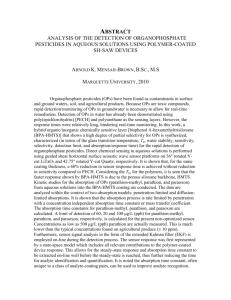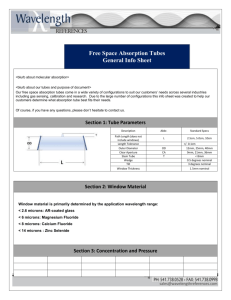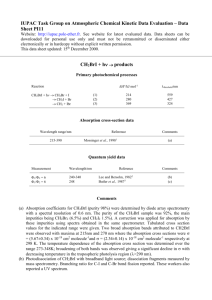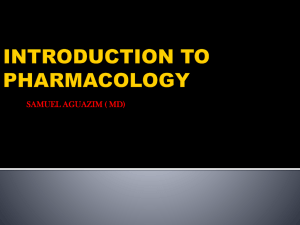2011 October Quiz
advertisement
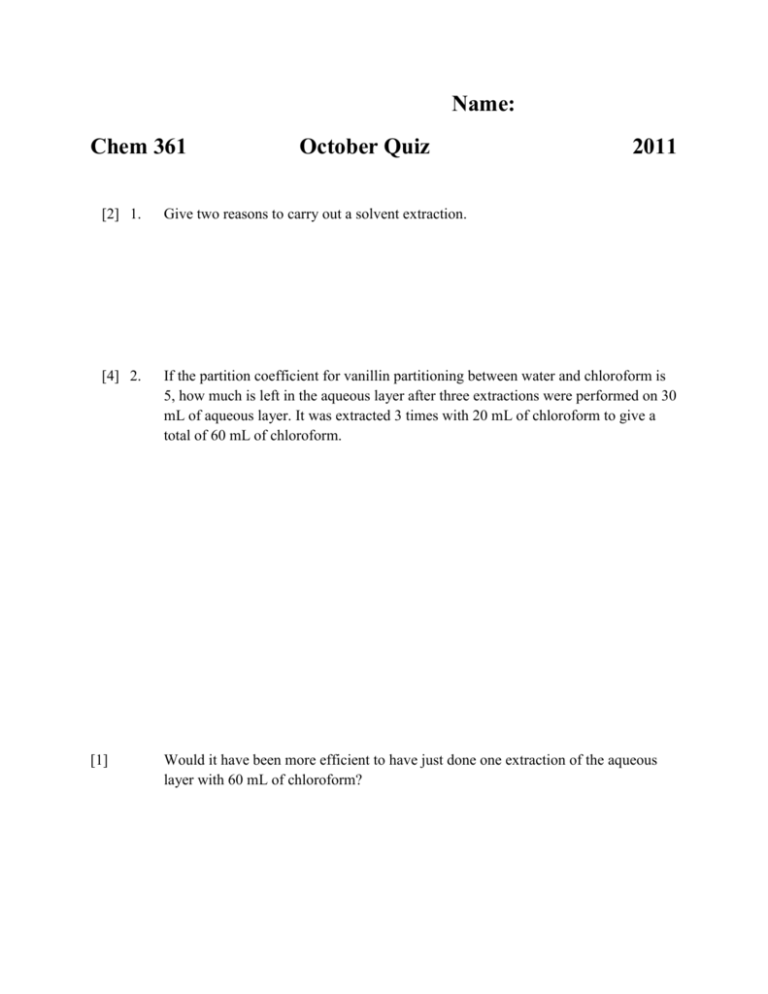
Name: Chem 361 October Quiz 2011 [2] 1. Give two reasons to carry out a solvent extraction. [4] 2. If the partition coefficient for vanillin partitioning between water and chloroform is 5, how much is left in the aqueous layer after three extractions were performed on 30 mL of aqueous layer. It was extracted 3 times with 20 mL of chloroform to give a total of 60 mL of chloroform. [1] Would it have been more efficient to have just done one extraction of the aqueous layer with 60 mL of chloroform? [2] 3. Why is it considered better to do an absorption analysis in the visible region rather than the UV region, if possible? [4] 4. Why are UV-visible absorption bands for molecular species usually broad? Use a labelled energy level diagram to help explain your answer. [3] Why is there much more structure in a gas phase molecular absorption spectra than in an aqueous phase spectrum of the same molecule? [1] 5. [2] Why is the sky blue? What is the relationship between wavelength of the light and the intensity of the scattered light? 6. Describe how a transmission grating works: [1] What is the function of the grating? ie What does it do? [4] What is the principle of operation of a grating? ie How does it do it? [3] [2] [1] Draw a labeled diagram showing the pathlength of two beams of light through a transmission grating. Mark the extra distance travelled by one beam compared to another. 7. State Beers Law Does Beers law hold at high concentrations? [2] How does the sensitivity of a UV or visible absorption analysis change as the concentration is increased to high concentrations? [3] 8. Why are UV-visible absorption spectrometers more expensive than visible absorption spectrometers? [2] 9. Why do we use a filter as well as a monochromator in our benchtop visible absorption spectrometers?




